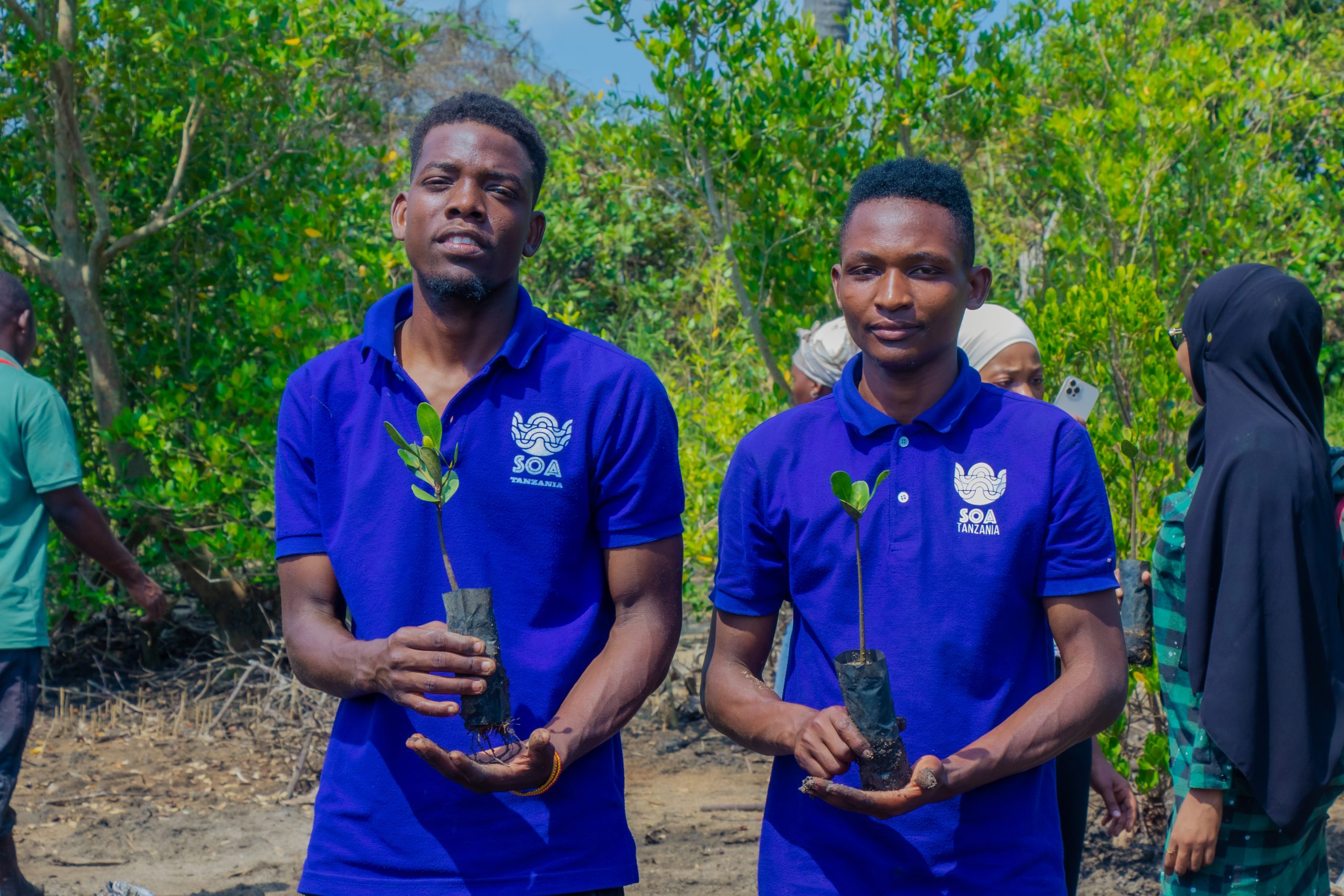
Introduction
Mangroves are extraordinary ecosystems that line the coasts of tropical and subtropical regions, serving as nature’s coastal guardians. These resilient coastal forests have a unique set of characteristics that make them essential to our planet’s health and the well-being of countless species, including humans. In this blog post, we’ll explore the fascinating world of mangroves, from their ecological significance to their role in climate change mitigation and the threats they face.
- The Marvel of Mangroves
Mangroves are a group of salt-tolerant trees, shrubs, and palms that thrive in the challenging interface between land and sea. They are found in over 120 countries, mostly in tropical and subtropical regions. What makes mangroves truly remarkable is their ability to thrive in some of the harshest conditions on Earth, where saltwater meets freshwater, and tides fluctuate daily. These ecosystems provide an array of benefits to both the environment and communities living in coastal areas.
- Ecosystem Services Provided by Mangroves
Mangroves offer a wide range of ecosystem services that are vital to our planet:
a. Coastal Protection: Mangroves act as natural barriers against coastal erosion, storm surges, and tsunamis. Their intricate root systems stabilize shorelines and reduce the impact of destructive waves.
b. Biodiversity Hotspots: These forests are teeming with life. Many species of fish, birds, and crustaceans rely on mangroves for breeding, feeding, and shelter. Mangrove ecosystems support countless marine and terrestrial species.
c. Carbon Sequestration: Mangroves are exceptional at capturing and storing carbon. They sequester carbon at rates far higher than many other ecosystems, helping mitigate the effects of climate change.
d. Water Quality Improvement: Mangroves filter pollutants and trap sediments, improving water quality in coastal areas. They also play a crucial role in nutrient cycling and maintaining healthy ecosystems.
e. Livelihoods and Resources: Millions of people depend on mangroves for their livelihoods, including fishing, tourism, and harvesting resources like wood and honey.
- Climate Change Mitigation
The carbon sequestration capabilities of mangroves are crucial in the fight against climate change. These forests store carbon in their biomass and in the soil beneath them, making them one of the most effective natural carbon sinks. However, mangroves are under threat from deforestation and coastal development, which release stored carbon into the atmosphere and contribute to greenhouse gas emissions. Protecting and restoring mangroves can significantly contribute to global efforts to combat climate change.
- The Threats to Mangroves
Despite their immense ecological and economic value, mangroves are facing severe threats:
a. Deforestation: Conversion of mangrove areas for agriculture, aquaculture, and urban development is one of the leading causes of mangrove loss.
b. Pollution: Runoff from agriculture, industry, and urban areas can contaminate mangrove ecosystems, harming both wildlife and humans.
c. Climate Change: Rising sea levels, increased temperatures, and more frequent extreme weather events pose a significant threat to mangroves.
d. Overharvesting: Unsustainable harvesting of mangrove resources, such as wood and fisheries, can lead to ecosystem degradation.
- Conservation Efforts and Restoration
Efforts to protect and restore mangrove ecosystems are gaining momentum worldwide. Conservation organizations, governments, and local communities are working together to safeguard these valuable coastal habitats. Strategies include:
a. Legal Protection: Establishing protected areas and enacting laws to regulate mangrove conservation.
b. Sustainable Management: Promoting sustainable practices for resource use, such as aquaculture and forestry.
c. Reforestation and Restoration: Initiatives to replant and restore degraded mangrove areas.
Conclusion
Mangroves are not just coastal forests; they are lifelines for countless species and essential allies in our battle against climate change. Recognizing their value and implementing measures to protect and restore them is vital for the health of our planet and the well-being of coastal communities. As stewards of our environment, it is our responsibility to ensure that these remarkable ecosystems continue to thrive for generations to come.
